AI Image Generator Market
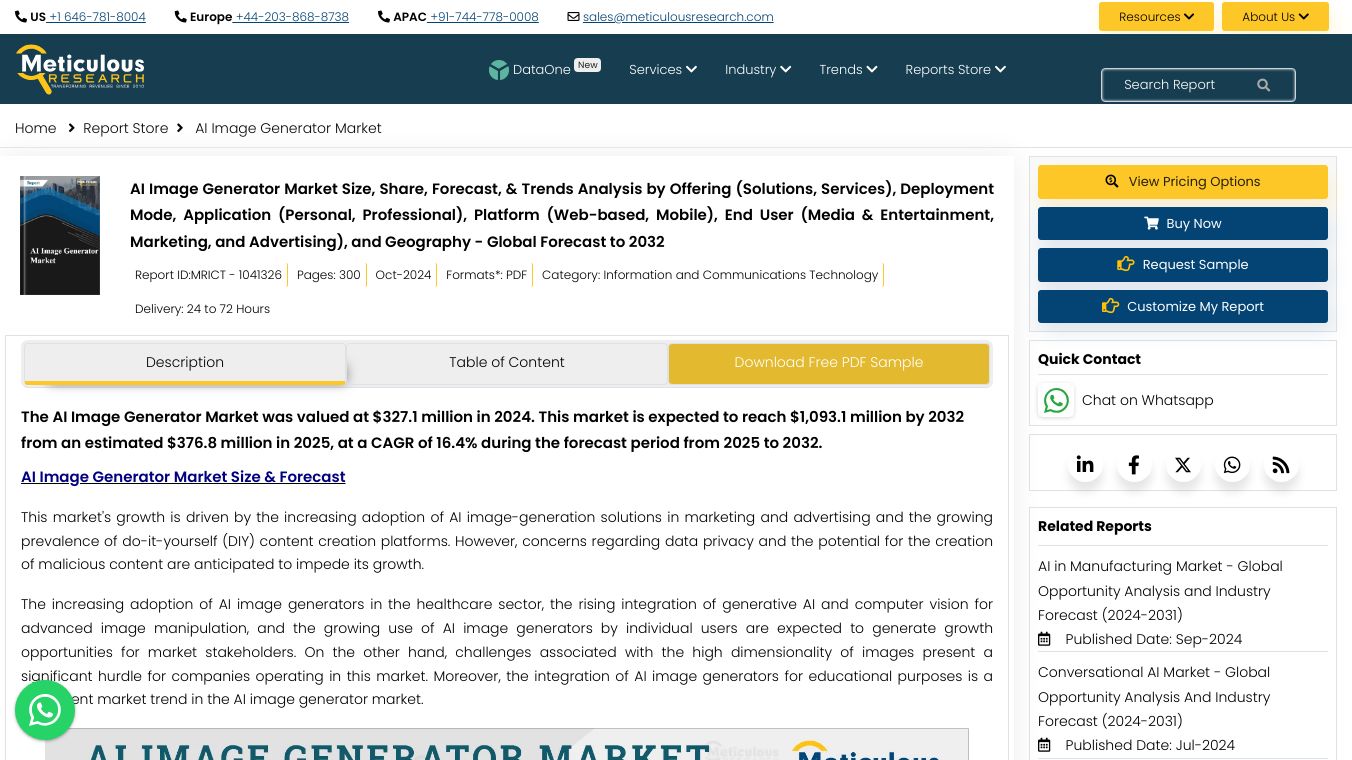
The AI Image Generator Market is growing quickly. It uses artificial intelligence to make pictures. This market was worth 327.1 million dollars in 2024 and is expected to reach 1,093.1 million dollars by 2031, growing by 16.4% each year. This growth is because AI image generation is used more in marketing, advertising, and DIY content creation platforms. But there are worries about data privacy and the chance of making harmful content.
Benefits
The AI Image Generator Market has several key advantages. It lets you make highly customized and visually appealing images that match brand guidelines and campaigns. This personalized content can boost engagement and conversion rates. AI also helps create content based on user data, making it more effective.
Use Cases
AI image generators are used in many fields. In marketing and advertising, they help create images for campaigns. In healthcare, they improve diagnostic accuracy and assist in medical training. Schools use these tools to provide visual aids and interactive experiences, making learning more engaging. AI image generators are also used by individuals for creative projects.
Vibes
The market has seen positive developments. For example, Nvidia Corporation teamed up with WPP plc in May 2024 to develop a generative AI-enabled content engine for digital advertising. This shows the integration of AI image generators in creative processes. Harrison-AI Pty Ltd introduced a radiology-specific language model in September 2025 to improve radiology image analysis, showing the benefits in healthcare.
Additional Information
Key players in the market include Microsoft Corporation, Google LLC, Amazon Web Services Inc, Adobe Inc, OpenAI L.L.C., Nvidia Corporation, Meta Platforms Inc, Databricks Inc, Vyro LLC, Jasper AI Inc, NightCafe Studio Pty Ltd, Stability AI Ltd, Lightricks Ltd, Runway AI Inc, Lumen5 Technologies Ltd, Craiyon LLC, Resleeve B.V, and starryai Inc. The market is divided by offering, deployment mode, application, platform, and end-user, with a detailed analysis provided for various regions including North America, Europe, Asia-Pacific, Latin America, and the Middle East & Africa.
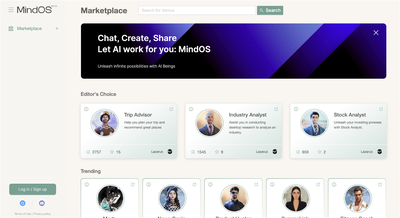
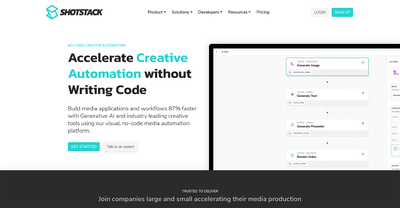
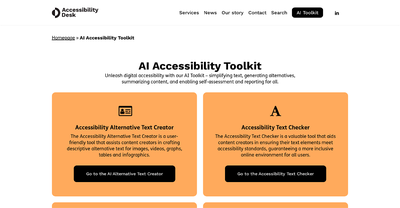
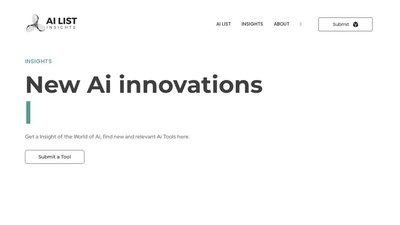
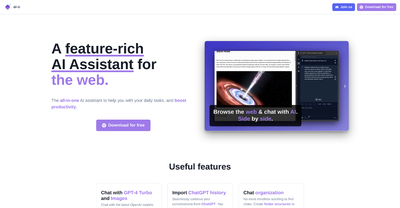
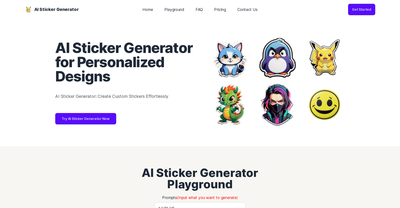
Comments
Please log in to post a comment.